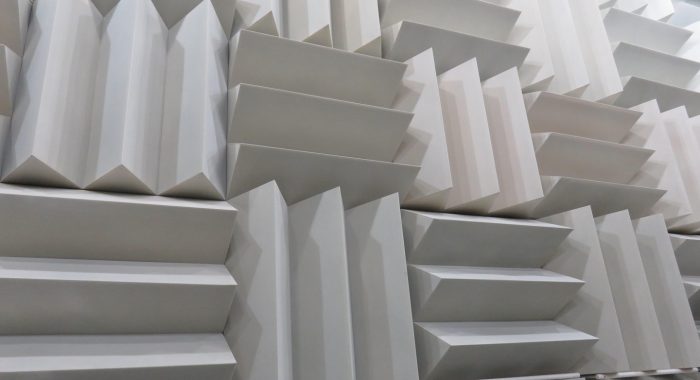8 Design Tips for Vibration Damping and Isolation

1. Forward Thinking
Think about potential vibration issues at the beginning. Most solutions are easy to implement if they are incorporated early in the design cycle.
2. Location, Location, Location
To obtain the most cost-effective solution, employ vibration isolation and damping treatments as close to the targeted vibration source as possible.
3. Be Proactive, Not Reactive
Using E-A-R’s highly damped mounting systems can protect a design from many of the common problems associated with lightly damped systems, e.g., excessive source motion due to impulse forcing, excessive sway under shock input, cycling through resonance as a motor changes speeds.
4. Structural Damping
When vibration isolation is not practical, implement a structural damping treatment to reduce vibration transmission from structure to structure.
5. Where Needed
Apply damping treatments in areas of high strain energy and deflection.
6. Develop a Business Relationship
Work closely with material and component manufacturers to determine how environmental factors will affect the chosen treatment, e.g., temperature, corrosive solvents, off-gassing characteristics.
7. Customization
A tuned damper can increase the performance of high-speed, position-critical motion systems.
8. Active vs. Passive Damping
An active system can often solve a problem that cannot be solved using passive methods. The disadvantage for these systems is size and cost. Often passive and active systems are used together.
Reproduced from “Designing for Quiet, Vibration-Free Operation” by Neil Plesner, former market Development Manager at Aearo Technologies LLC. Full length whitepaper can be found here.





